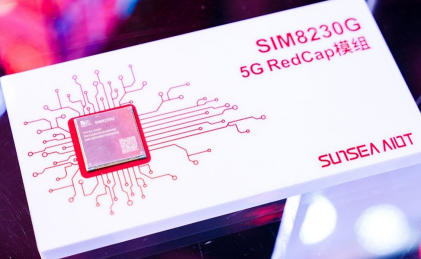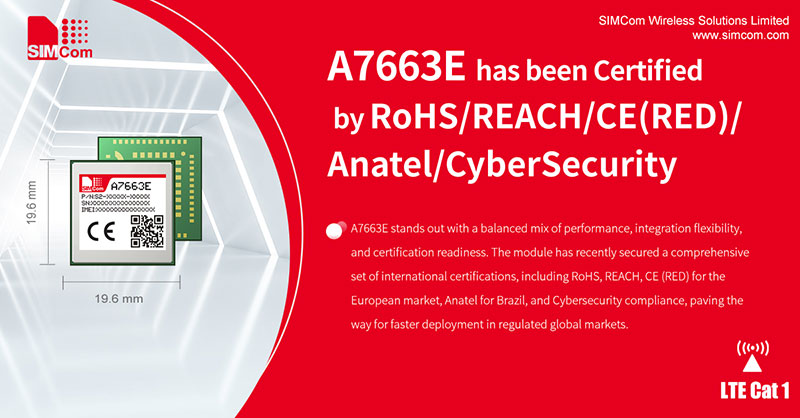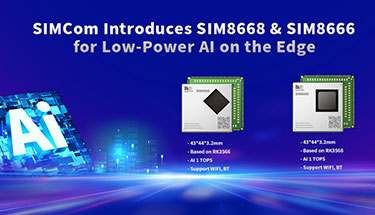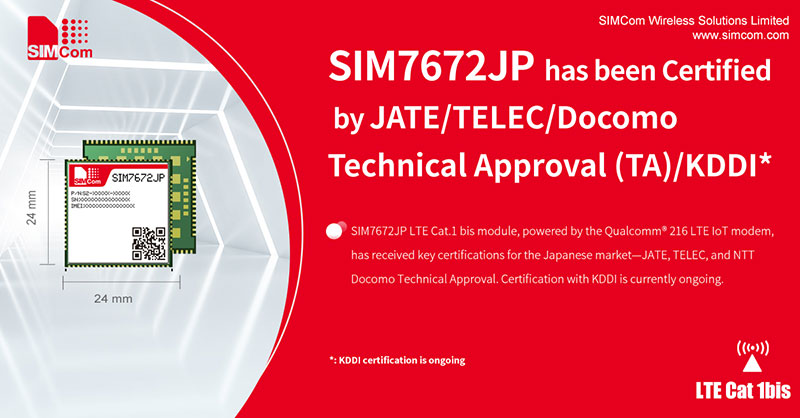- Ameya360 Component Supply Platform >
- Trade news >
- simcom:MWC Shanghai 2024: A New Avenue for 5G Popularization
simcom:MWC Shanghai 2024: A New Avenue for 5G Popularization
Under the theme "Future First," as we all know, 5G-Advanced is the next step in the evolution of cellular technologies, enabling advanced use cases for various verticals such as government and security, transportation, oil and gas, airlines and logistics, and healthcare to realize the full potential of 5G.
As a hallmark technology of 5G evolution, RedCap has garnered extensive attention from the industry since its inception during MWC Shanghai. 5G RedCap offers advantages such as lowering the complexity, cost, size, and power consumption of 5G products. This not only fills the middle ground of 5G capabilities but also opens a new avenue for 5G to empower various industries.
At MWC Shanghai, SIMCom aims at 5G ultra-high-speed scenarios and has the 5G module series SIM8270 and SIM8390, providing a maximum speed of over 10Gbps. These modules are suitable for applications that have strict requirements on speed and latency, such as broadband access, video monitoring and industrial control.
Also, SIMCom has launched the SIM8230 and SIM8230-M2 series RedCap modules based on the Qualcomm platform. The SIM8230 module supports multi-frequency bands for 5G R17 SA, comes with a variety of functional interfaces for external device expansion, and boasts advantages such as lightweight, energy efficiency, compactness, and cost-effectiveness. It can be widely utilized in various domains including 5G CPE, wearable devices, industrial routers, high-definition streaming devices, AR/VR, drones, and remote-controlled robots.


SIMCom has already fully deployed and accelerated the commercial scale of 5G RedCap. As market recognition of RedCap technology continues to increase, the popularization of 5G will further accelerate. SIMCom is committed to developing more diverse and reliable products based on advanced technology, promoting the large-scale commercialization of technologies like 5G RedCap, and contributing to the digital transformation and development of various industries with 5G technology.
Online messageinquiry
- Week of hot material
- Material in short supply seckilling
| model | brand | Quote |
|---|---|---|
| CDZVT2R20B | ROHM Semiconductor | |
| TL431ACLPR | Texas Instruments | |
| BD71847AMWV-E2 | ROHM Semiconductor | |
| RB751G-40T2R | ROHM Semiconductor | |
| MC33074DR2G | onsemi |
| model | brand | To snap up |
|---|---|---|
| IPZ40N04S5L4R8ATMA1 | Infineon Technologies | |
| STM32F429IGT6 | STMicroelectronics | |
| ESR03EZPJ151 | ROHM Semiconductor | |
| TPS63050YFFR | Texas Instruments | |
| BP3621 | ROHM Semiconductor | |
| BU33JA2MNVX-CTL | ROHM Semiconductor |
- Week of ranking
- Month ranking
Qr code of ameya360 official account
Identify TWO-DIMENSIONAL code, you can pay attention to


Please enter the verification code in the image below:


























